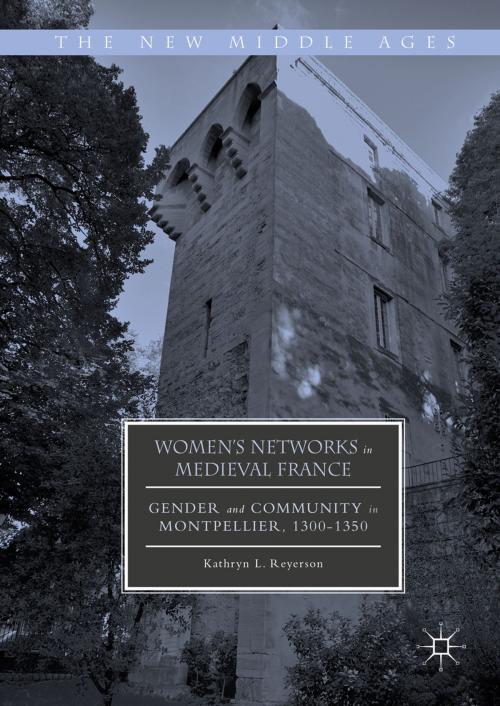Women's Networks in Medieval France
Gender and Community in Montpellier, 1300-1350
Fiction & Literature, Literary Theory & Criticism, Medieval, Nonfiction, History, European General| Author: | Kathryn L. Reyerson | ISBN: | 9783319389424 |
| Publisher: | Springer International Publishing | Publication: | September 1, 2016 |
| Imprint: | Palgrave Macmillan | Language: | English |
| Author: | Kathryn L. Reyerson |
| ISBN: | 9783319389424 |
| Publisher: | Springer International Publishing |
| Publication: | September 1, 2016 |
| Imprint: | Palgrave Macmillan |
| Language: | English |
This book illuminates the connections and interaction among women and between women and men during the medieval period. To do this, Kathryn L. Reyerson focuses specifically on the experiences of Agnes de Bossones, widow of a changer of the mercantile elite of Montpellier. Agnes was a real estate mogul and a patron of philanthropic institutions that permitted lower strata women to survive and thrive in a mature urban economy of the period before 1350. Notably, Montpellier was a large urban center in southern France. Linkages stretched horizontally and vertically in this robust urban environment, mitigating the restrictions of patriarchy and the constraints of gender. Using the story of Agnes de Bossones as a vehicle to larger discussions about gender, this book highlights the undeniable impact that networks had on women’s mobility and navigation within a restrictive medieval society.
This book illuminates the connections and interaction among women and between women and men during the medieval period. To do this, Kathryn L. Reyerson focuses specifically on the experiences of Agnes de Bossones, widow of a changer of the mercantile elite of Montpellier. Agnes was a real estate mogul and a patron of philanthropic institutions that permitted lower strata women to survive and thrive in a mature urban economy of the period before 1350. Notably, Montpellier was a large urban center in southern France. Linkages stretched horizontally and vertically in this robust urban environment, mitigating the restrictions of patriarchy and the constraints of gender. Using the story of Agnes de Bossones as a vehicle to larger discussions about gender, this book highlights the undeniable impact that networks had on women’s mobility and navigation within a restrictive medieval society.















